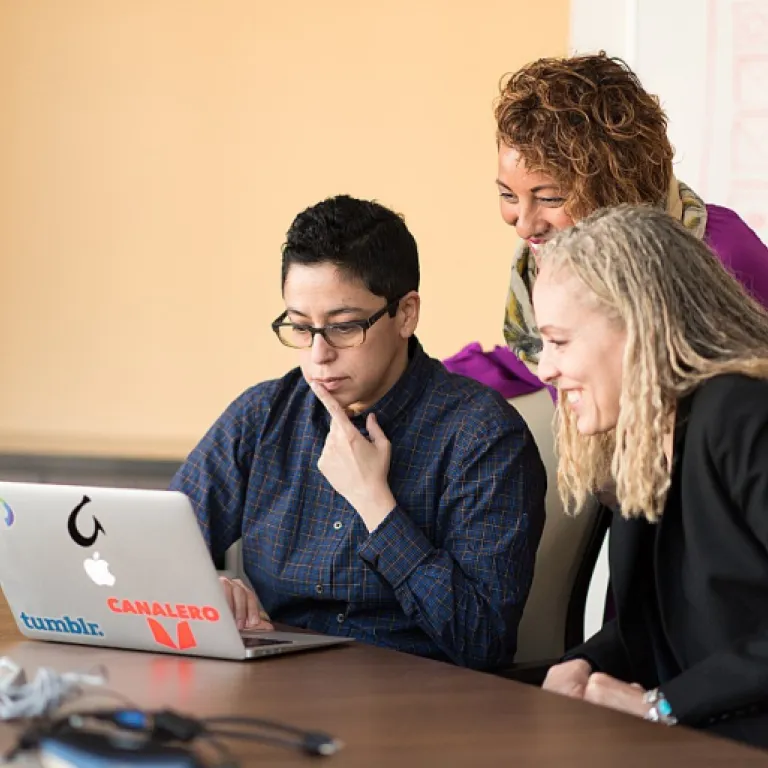
Defining Terminal Learning Objectives
Delving into the Concept of Terminal Learning Objectives
In the realm of instructional design and education, terminal learning objectives are pivotal in shaping effective learning experiences. These objectives define the ultimate goals that learners are expected to achieve by the end of a training or educational program. Essentially, they represent the specific measurable behaviors learners should demonstrate after completing a course or module.
The design of a terminal objective involves using action verbs to clearly articulate what learners must know or be able to do, aligning with established educational frameworks such as Bloom's Taxonomy. This taxonomy helps categorize learning objectives, ensuring they are written in a way that emphasizes cognitive outcomes, from basic knowledge acquisition to higher-order thinking skills.
It's crucial that each objective describes not only what will be learned but also how success will be assessed. This clarity, in turn, facilitates the alignment of teaching strategies and assessments with the intended learning outcomes. By setting appropriate terminal objectives, educators can design instruction that better meets the needs of diverse learners, effectively bridging the skills gap.
An international perspective often enriches the understanding of terminal objectives, as global educational frameworks and standards can influence their formulation and application.
The Role of Terminal Learning Objectives in Addressing Skills Gaps
The Importance of Terminal Learning Objectives in Bridging Skills Gaps
Terminal learning objectives act as a foundation for learning programs, ensuring that learners not only acquire but also apply knowledge effectively in real-world situations. By articulating what learners will demonstrate upon completing a training or educational session, terminal objectives provide the specificity needed for measurable outcomes.
In addressing skills gaps, these objectives offer clear direction and focus. Each objective describes a desired outcome that is specific and measurable, setting the stage for learners to enhance particular behaviors. Utilizing Bloom's taxonomy, terminal objectives prioritize action verbs that align with different levels of learning, from basic comprehension to complex analysis and evaluation.
Through a well-defined instructional design, trainers and educators can map out effective learning paths that drive learners toward these outcomes. This holistic approach integrates enabling objectives which gradually build towards the ultimate goal, ensuring learners are supported every step of the way.
Moreover, appropriating terminal objectives truly shines when they align with industry-based needs, effectively transforming educational goals into workplace competencies. This alignment helps bridge skills gaps by preparing learners to meet industry standards and expectations. Creating a soft skills curriculum tailored for these needs can significantly bolster this effort.
With these objectives clearly articulated, assessments become more meaningful, as they are designed to measure whether learning objectives have been met. Therefore, when implemented effectively, terminal learning objectives do not only enhance individual growth but also play a pivotal role in the workforce development at large.
Designing Effective Terminal Learning Objectives
Crafting Targeted Learning Objectives for Skill Development
Designing effective terminal learning objectives involves a precise alignment with both the learner's current skills and the desired outcomes. The objective will define specific, measurable outcomes that align with Bloom's Taxonomy, a recognized framework in educational planning. By utilizing appropriate action verbs, instructional designers can craft objectives that clearly convey the expected behaviors learners will demonstrate upon completion. The terminal objective describes the ultimate goal of the learning plan, encapsulating what the learner will achieve. This high-level objective often breaks down into enabling objectives, which represent smaller, more attainable goals that support the overarching learning objective. This structure helps learners progressively build knowledge and skills, allowing for incremental achievements throughout the training period. A well-written objective will account for the taxonomy's levels, ranging from basic knowledge acquisition to higher-order thinking skills. This approach not only ensures a holistic development of the learner's capacities but also incorporates a robust assessment strategy to gauge progress. Effective learning design requires these elements to be intertwined seamlessly, ensuring that each objective contributes to the overall learning journey. When embarking on training or instructional design that addresses skills gaps, it is essential to focus on the learner's perspective. By prioritizing realistic and achievable outcomes, educators can better facilitate understanding and retention, leading to a more impactful learning experience. To further explore methods and strategies for enhancing learning and skill development, consider discovering team-building activities that support effective training implementation in the real world: team-building activities.Challenges in Implementing Terminal Learning Objectives
Overcoming Obstacles in Implementing Terminal Learning Objectives
Successfully implementing terminal learning objectives (TLOs) often comes with its set of challenges. Understanding these obstacles and knowing how to navigate them effectively can make a significant difference in bridging skills gaps. One prevalent challenge involves the alignment of TLOs with real-world requirements. Often, companies have to ensure that learning objectives are not only theoretically sound but practically applicable. This means that instructional design should be meticulously planned to include relevant tasks that learners demonstrate upon completing the training program. Ensuring the objective is specific, measurable, and connected with real-life scenarios is crucial for effective learning. Another common hurdle is maintaining an appropriate balance between terminal objectives and enabling objectives. Educators and trainers may focus heavily on the latter, leading to an unclear path toward the terminal objective. It's vital that each enabling objective describes clear, actionable steps that support reaching the broader terminal objective. This balance will help learners acquire necessary skills efficiently. Utilizing Bloom's taxonomy can further enhance the learning process by categorizing learning objectives into levels of increasing complexity. Each terminal objective, when crafted correctly, ensures that learners will gradually build their knowledge and skills, from recalling facts to applying learned concepts in action. Assessments also pose a challenge, as they must directly correspond to the behaviors learners are expected to showcase. Frequently revisiting learning objectives, alongside systematic feedback, will empower learners and refine TLOs as needed. Training environments must foster appropriate engagement and interactivity to facilitate successful TLO implementation. Similarly, recognizing diverse learning styles and providing adequate resources is vital for catering to individual learner needs. By confronting these challenges head-on through strategic and thoughtful planning, organizations can indeed design and implement terminal learning objectives that enhance instructional design, resulting in bridging the skills gap more effectively.Case Studies: Success Stories in Bridging Skills Gaps
Illustrative Examples of Achieving Skill Development
In recent years, several organizations have found success in bridging skills gaps through well-defined terminal learning objectives. These case studies illustrate how an appropriate alignment of training programs and instructional designs can turn objectives into action.- Technical Skills Enhancement: A leading manufacturing company identified a skills gap in its workforce's ability to operate advanced machinery effectively. By employing specific, measurable terminal objectives based on Bloom's Taxonomy, the company tailored its training programs to focus on precise action verbs that clearly outlined the behaviors learners should demonstrate. The training involved hands-on workshops and ongoing assessments that ensured learners will apply knowledge efficiently, resulting in a significant improvement in operational efficiency.
- Digital Proficiency Across Departments: A global corporation faced challenges in ensuring digital literacy across multiple departments. They crafted enabling objectives that supplemented terminal objectives for a comprehensive learning path. This approach was not only through written instruction but also through interactive digital platforms that sustained learner engagement. The strategic learning design enabled both structured learning and informal opportunities for learners to enhance their digital competencies, drastically reducing the digital skills gap.
- Healthcare Sector Progress: Within the healthcare sector, a hospital sought to upskill its nursing staff to adopt new patient care technologies. Their training program was structured around clear terminal learning objectives, setting the foundation for instructional design based on taxonomy levels of learning objectives. This training empowered learners to demonstrate enhanced patient care capabilities, meeting regulatory standards and improving overall patient satisfaction.












